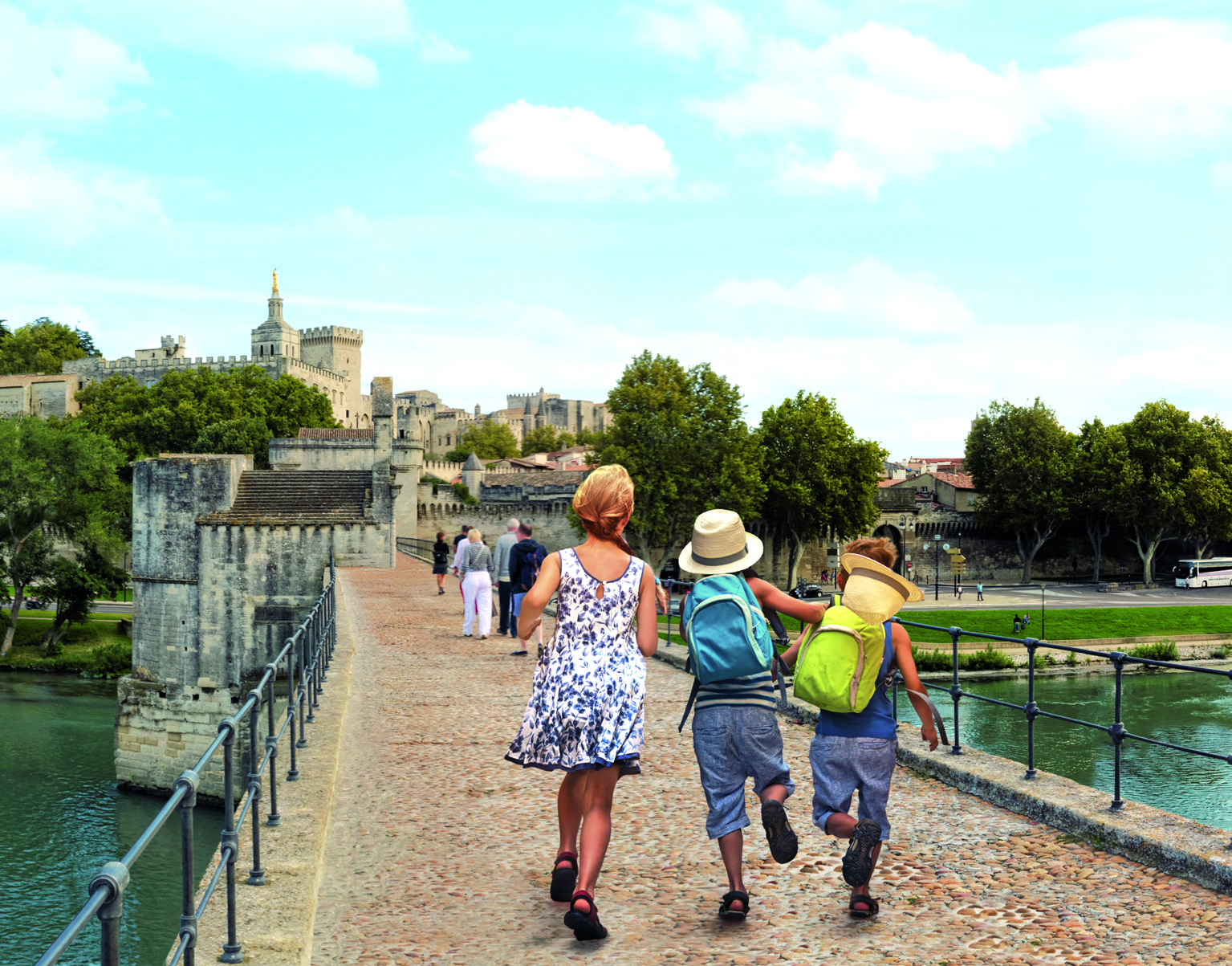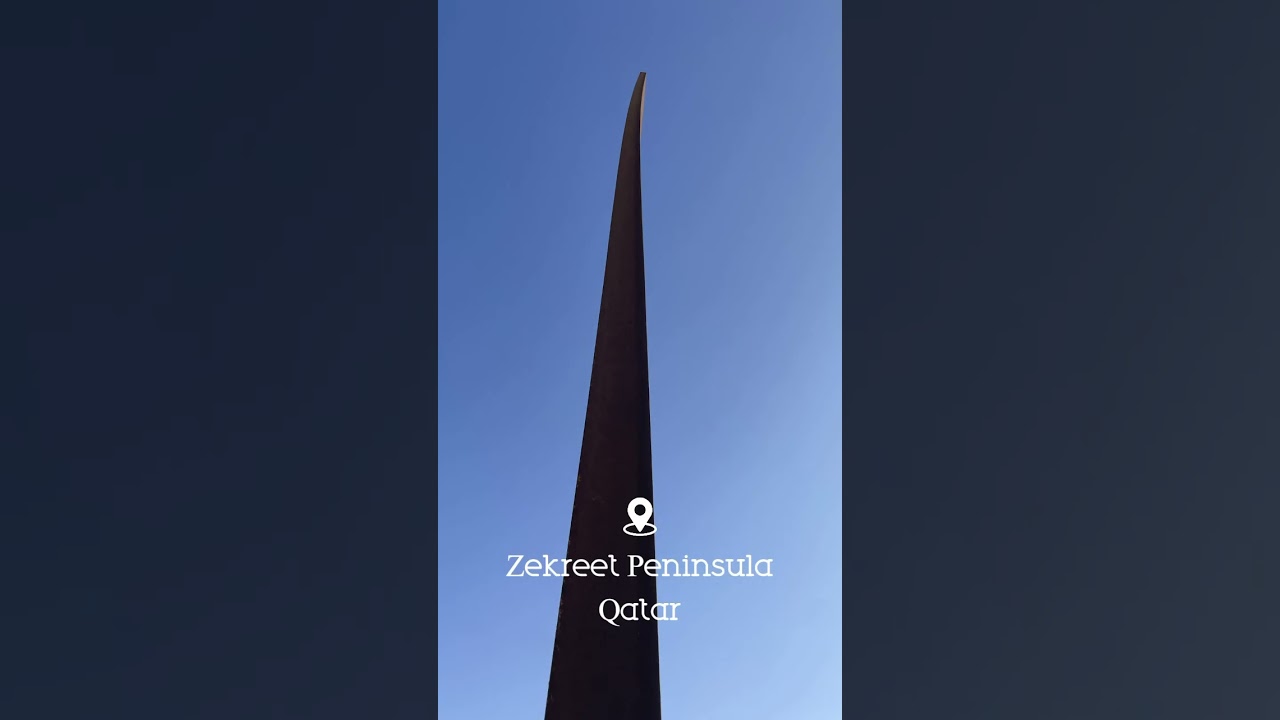Today’s families are under more pressure than ever, with many time poor and lacking opportunities to spend quality time with relatives. Enter travel. More and more people are looking towards exotic trips together with grandparents, mum & dad and the kids, to offer chances to bond, writes Steve Jones.
Traditionally, extended families manage a get together over Christmas. Grandparents, naturally, spoil the grandkids for a day or two, and enjoy the all-too rare company of their own, grown up children. Maybe there would be another day-long gathering during the year for a milestone birthday, a few snatched hours of family togetherness. But busy lives, frantic schedules and the tyranny of distance rule out too much more. Yet such sporadic family time appears to be playing into the hands of the travel industry.
In an era where we all seem to be “time poor”, a market segment has spawned that is gaining yearly traction; multi-generational travel. With the almost mythical “quality time” – for which we all strive – seemingly out of reach during our daily lives at home, we are turning to travel to deliver that opportunity to bond with those closest to us. And on a hard-nosed financial level, this trend for multi-generational travel is delivering great business for agents and operators alike.
Groups vary in size from six upwards, often exceeding a dozen. It doesn’t take a business analyst to deduce there is decent commission to be made from this market. While reliable data on the worth of such travel is in short supply, anecdotally, there is hardly an operator, wholesaler or agent that hasn’t woken up to the possibilities created by extended families travelling together.
Upmarket travel agency network Virtuoso, has identified multi-generational travel as a growth sector for a couple of years, describing it as a “monster” and a “sleeping giant”. Yet sleeping may be doing it a disservice. It appears not only to have roused itself but is positively striding along. So much so that multi-generational travel is one of four “communities” developed by Virtuoso as part of a strategy to focus on customer segments rather than destinations.
While not the fastest growing of those four communities – luxury cruising takes that honour – it’s not far behind, with year-on-growth of 34%, comfortably outpacing virtuoso’s overall increase of 19%. The company’s Asia Pacific managing director Michael Londregan said the stars were aligning for a market that historically has barely been on the radar.
And it is largely being driven by baby boomers. Not only are older generations in better health than ever before – making overseas travel with their families more achievable – they are also cashed-up, Londregan said.
In addition, today’s baby boomers were the first generation that saw men and women in full time employment. To that end, Londregan said, they are dedicated to making up for lost time – and overcoming lingering guilt.
“What is happening is this boomer market has a significant amount of wealth, comparatively, and they’re looking back at their hard-working lives and thinking maybe they didn’t treat their kids, or themselves, as they should,” he told travelBulletin. “This is coming from a baby boomer work ethic that saw mum and dad, for the first time, both working and where family holidays may have been a bit squeezed. There could be a bit of first generational guilt and now, finally, there is enough wealth to say ‘you know what, let’s go on a cruise’.
“You also have to remember that this is probably the first time in history where three generations have been healthy enough to travel together.”
Londregan also identified the quest for experiences as a key force, and a desire among the boomer generation to almost educate their grandchildren.
“People treat travel differently now,” he said. “In my mum and dad’s generation it was a way of recovering. They’d think “we’re knackered, we need to go and lie on a beach”. Today, they think of travel almost as an educational experience and want to show the grandkids another side of the world, to treat it as a learning experience.”
In addition, such baby boomer grandparents are acutely aware that even when they do see younger members of their family in Australia, the grandkids are more interested in streaming the latest episode of a Netflix drama, or texting their friends, than truly engaging with their grandparents.
Spending time in a private safari camp in Africa, cruising the Pacific or visiting the cities of Europe at least gives grandparents half a chance of coaxing their digitally-obsessed millennial relatives to gaze up from their mobile devices.
“The key motivator for many families is the scarcity and value of precious time together. In two words, it’s about shared enrichment,” the chief executive of Tauck, Jennifer Tombaugh, told travelBulletin. “Especially in this world of over-scheduling and heavy technology use by everyone in the family, uninterrupted family time together is a priceless gift.
“We all crave this as parents and as grandparents, as we have a deeper understanding of the power and importance of memories that we make with our children and grandchildren.”
Tauck, which runs a program called Bridges for the family and multi-generational markets, claimed to have pioneered family river cruising almost a decade ago and runs 20 departures across five itineraries specifically designed for a variety of ages.
“Bridges adventures have been one of our fastest growing product lines, and over the past 10 years has seen an 11% compound annual growth in bookings, ” Tombaugh said.
Claudia Rossi, managing director of Magellan member Claudia Rossi Travel, shared Londregan’s observations that the market is being driven by grandparents keen to spend meaningful time, and enjoy life experiences, with their grandchildren.
Rossi suggested that, ”in many cases”, such multi-generational travel is being funded by the grandparents, with milestone events – a 50th wedding anniversary, a 70th birthday – often the catalyst.
“Baby boomers now have the time, health and wealth to do it,” Rossi said. “And they would much rather spend their money now and travel with their own children, and the grandkids, than leave them a big fat inheritance and the trigger is usually associated with a significant event
“And they are sometimes funding it substantially on some amazing experiences. Their children might be in their 40s, are both working, have a mortgage, and can’t afford the financial burden, so in many cases this is the grandparents, the boomers, who are funding something quiet special to give the extended family some wonderful shared experiences.
“It’s an increasingly important part of our business.”
The demographic make-of family groups, and styles of travel that appeal to the market, are wide and varied. The youngest children range anywhere from four to late teens, and into their 20s. And while, generally, multi-generation tends to be three generations travelling together, four is certainly not unheard of. As Rossi can testify.
“We see that in my own family,” she told travelBulletin. “My mother [Mary, the name behind the agency] is 93 and has 17 great grandchildren. She was in Honolulu recently with a mix of all those generations. I couldn’t go – I just had to organise it!”
It there is one common feature of this market, it is the need for ease. Over-complex arrangements are a no-no, putting independent touring way down the list of options for all but the bravest of travellers.
And as with regular family travel, itineraries need a child-friendly skew if they are to appeal to multi-generational groups with under 17s in tow. After all, the prospect of being dragged by grandparents from museum to art gallery to church during a tour of Europe’s culture capitals would leave the most patient of children climbing the walls.
With that in mind, it will come as little surprise that cruising is a major draw for multi-generation groups where, on some ships, kids – and adults of course – can literally scale the walls, of the rock-climbing variety.
For P&O, extended families generate a “good chunk” of its business, according to its president Sture Myrmell.
He estimated just over 33% of its passengers are families, with half of those cruising with multiple generations.
“Cruising is ideally suited to this market,” he told travelBulletin. “The complexity of travel, and getting everything organised when you are many people, is not to be under-estimated.”
Myrmell said the shorter three and four night cruises have proved a particular hit with the multi-generational market, with a healthy percentage of groups joining a cruise to celebrate an “occasion”.
“The shorter cruises are both affordable and manageable without investing all your holiday time on the one big family event,” he said.
Norwegian Cruise Line and Royal Caribbean also spoke positively of family group travel, the latter claiming year on year growth of 26%.
As with P&O, both spruiked the range of activities on board their ships – kids clubs cater for all ages of children – as the biggest draw for group travel featuring a broad range of ages.
“We tend to see multi-generational groups seeking ships that offer the most diverse range of accommodation options, with grandparents or great-grandparents potentially opting to stay in more luxurious accommodation while the kids and grandkids might be in interconnecting staterooms,” NCL Australia and New Zealand sales vice president Nicole Costantin said. “We expect to see continued growth in multi-generational cruising, with families seeking holiday experiences that suit all ages, and grandparents seeking opportunities to treat kids and grandkids to a memorable holiday experience.”
Yet, perhaps surprisingly, multi-generational cruising is not solely the domain of ocean liners. It may not be the first product that spring to mind, but their river-going cousins have also seemingly become adept at appealing to the family tribe.
Uniworld managing director Fiona Dalton said the operator’s six-itinerary Generations Collection was, as the name may suggest, created with the extended family mind.
“Those itineraries have been drawn through the eyes of children. It has transformed the experience,” managing director Fiona Dalton told travelBulletin. “Every day there are a range of options, some of which – such as the ghost walk of Venice – will appeal just as much to the grand parents as the younger members of the family.”
Dalton described the extended family market as a “phenomenon”, and echoed the observations that its roots lie in the rising wealth of the baby boomer generation and the desire to share life-long experiences with their family.
“They are absolutely using their super to circle back to what they did – or maybe didn’t do – in their 20s and 30s and explore the world, and they want to give their family the gift of memories.”
Uniworld’s stable mate at The Travel Corporation, Trafalgar, said it too has identified the multi-generation market as a growth area with grandparents – the boomers – now well accustomed to spending their kids’ inheritance.
But rather than buying a convertible for themselves they are increasingly spending money on the rest of the family.
In comments that mirrored those of cruise lines, Trafalgar managing director Matt Cameron Smith said: “We have an advantage as a category because we make it easy to do, we take the hassle out of it and that means a lot to multi-generation travellers,” he said.
Selena Luscombe, owner and manager of Helloworld Travel Parkdale in Victoria, said the Gold Coast, Disneyland and cruising have been the traditional destinations and styles of travel for multi-generational travel. But a new trend has emerged, she said.
“We are now finding that cultural destinations such as Japan and China and soft adventure style of touring in places such as India, Sri Lanka and Turkey have become increasingly popular,” Luscombe said. “A lot of our older generation are still very young at heart so are keen to get out and try different things with the children, grandchildren and even great grandchildren.”
However, according to Virtuoso’s Londregan, persuading older teens, and post-university age “children” to join a family gathering requires a “wow factor”. Without it, most grandchildren who are not dependents would rather stay at home.
“Here’s the thing. If I said to my daughters, who are 17 and 19, let’s head to Fiji and stay in a resort, they would probably say ‘no thanks’, we’ll stay in Sydney and have parties at home,” he said.
“But if I said let’s go to a game reserve in Africa, that would be different story. These kids are not saying I’d love to go on holiday with my grandparents. But they’ll go for an experience. It’s got to be a little aspirational otherwise I just don’t think you get the buy in.”
Ultimately multi-generational travel has one aim at its core. Whether it’s a domestic break on the Gold Coast, a European or US tour, or an African safari, the motivation is a simple one; to escape the often hectic realities of day-do-day life and capture the oft-mentioned, but rarely-achieved “quality time”.
“My mum in Hawaii sat in a gorgeous suite and watched the waves, others went shopping or sipped mai tais round the pool,” Claudia Rossi said. “Then they would all meet for morning tea, or dinner.
“And that is the wonderful thing, just hanging out together. That is the pleasure of multi-generational travel. The opportunity to spend quality time together in a relaxed atmosphere.”








